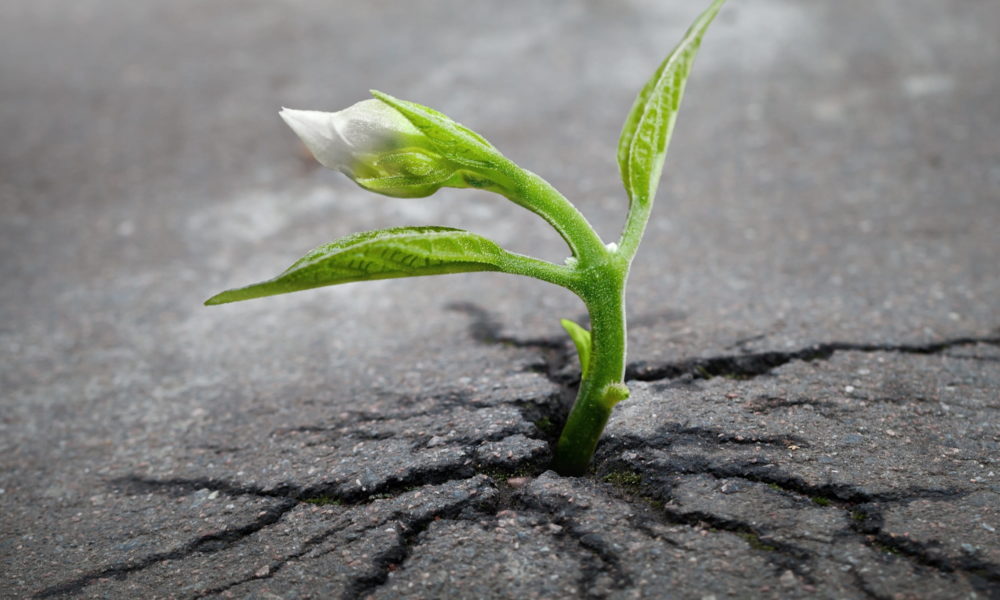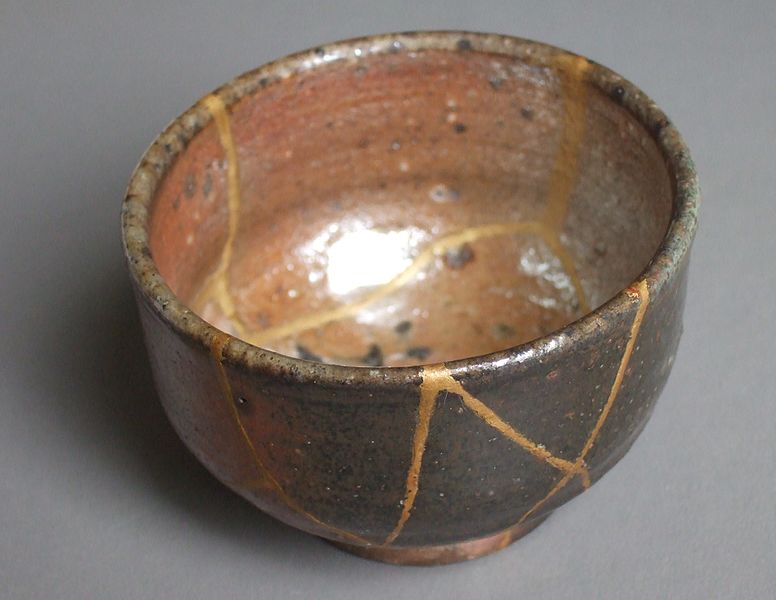
After Pain, Growth: The Unexpected Benefits of Trauma
Surprisingly, it’s true: positive things can come out of challenging times.
Post-traumatic growth (PTG) is the benefit and personal growth that comes from experiencing a crisis. It’s hard to imagine that a serious medical diagnosis, a divorce, job loss, or the death of a loved one can lead to positive outcomes. But according to studies on the features of resilience and the potential positive consequences of trauma, such as research published in Clinical Neuropsychiatry, the Journal of Treatment Evaluation, “PTG may feature positive changes in self-perception, interpersonal relationships and philosophy of life, leading to increased self-awareness and self-confidence, a more open attitude towards others, a greater appreciation of life and the discovery of new possibilities.”
PTG is defined as “positive psychological changes experienced as a result of the struggle with trauma or highly challenging situations.” As well described by the University of Wisconsin academic medical center and health system UW Health, PTG “refers to the benefit and personal growth that comes from experiencing a crisis. Or, [the process can be referred to as] the Phoenix Phenomenon, suggesting that a new life arises from the remains of the old way of being. Research has found that up to 70 percent of people experience positive psychological growth from difficult times, such as a deeper sense of self and purpose, a greater appreciation for life and loved ones, and an increased capacity for altruism, empathy and desire to act for the greater good. While the transition from old to new was natural for the mythical creature, in the real world we can learn how to change and grow no matter the obstacles we face.”

Kintsugi example (photo: Haragayato, Creative Commons Attribution-Share Alike 4.0 International license)
Kintsugi comes to mind when thinking of PTG. But was it that? As described on the “Traditional Kyoto” website, kintsugi is “the Japanese art of repairing broken pottery with lacquer dusted or mixed with powdered gold, silver, or platinum …. As a philosophy, it treats breakage and repair as part of the history of an object, rather than something to disguise.” The literal meaning of “kintsugi” is “golden joinery” and the art is called “Kintsukuroi,” meaning “mending with gold.” According to the audio and video media company My Modern Met, “This unique method celebrates each artifact’s unique history by emphasizing its fractures and breaks instead of hiding or disguising them. In fact, kintsugi often makes the repaired piece even more beautiful than the original, revitalizing it with a new look and giving it a second life.”
Kintsugi’s analogy with PTG is clear. When psychologists Richard Tedeschi and Lawrence Calhoun identified PTG in the mid-1990s, they suggested that “the struggle with very challenging situations can change some people for the better.” Their research highlighted “five areas of posttraumatic growth that people have reported:
1. Changes in how they relate to other people
2. Recognition of new opportunities, priorities or pathways in life
3. Greater appreciation for the value of one’s own life, and life in general
4. Recognition of one’s own strength
5. Spiritual or existential development”
Clearly, experiencing major life crises causes distress, including fear, sadness, apprehension, powerlessness, and even physical problems. Although the healing journey can be long and difficult, it’s possible that the experience can also offer psychological growth. That positive prospect in itself can help to bring about post-traumatic growth on the path to recovery and even betterment.


Hi, I’m Jack. Your blog is a treasure trove of valuable insights, and I’ve made it a point to visit daily. Kudos on creating such an amazing resource!